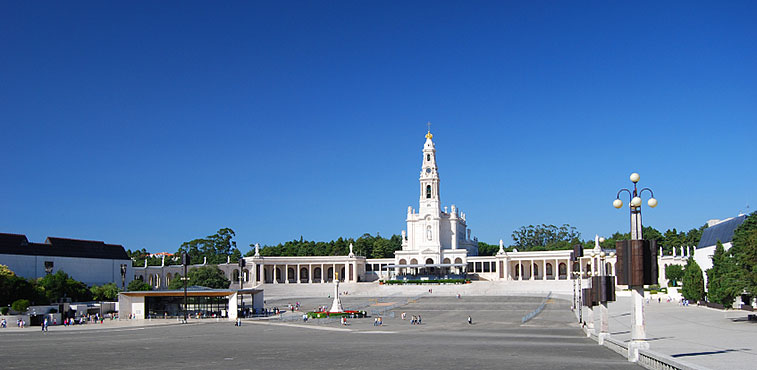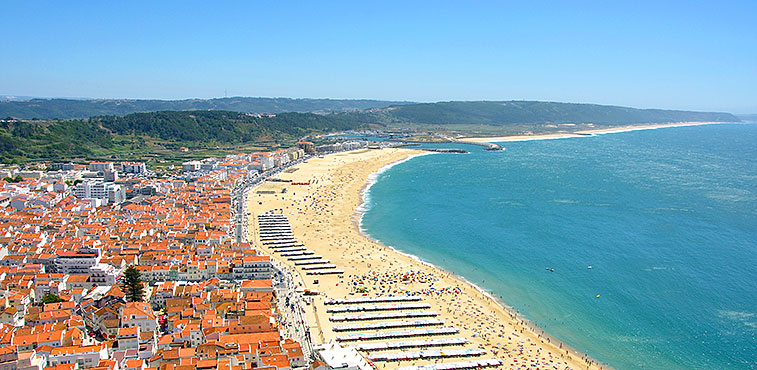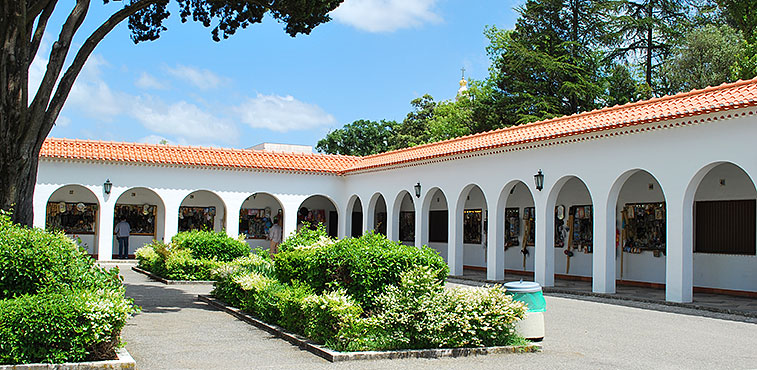Fátima Climate |
|
Fátima is imbued with a sense of peace and reverence where worship is the prime objective. Pilgrims will visit Fátima at any time of year, irrespective of weather conditions, so it is fortunate that proximity to the western coast provides temperate weather all year round and that it is rarely subjected to the extremes that are occasionally felt in Portugal’s inland areas. Spring and Autumn have the mildest temperatures, with average highs and lows of 20ºC and 12ºC and which coincide with Fátima’s most important calendar events, the two annual pilgrimages in May and October. This is also a perfect time to visit the surrounding countryside and admire the magnificence of the region’s “triangle of monuments”, as it is referred to, namely the three UNESCO World Heritage Centres, the Batalha monastery, the Convent of Christ in Tomar and Portugal’s largest church, the Alcobaça Monastery. If planning a November trip, it is well worth visiting the famous equestrian fair at neighbouring Golegã, which is normally accompanied by a brief interlude of lovely weather, referred to by locals as the “Verão de São Martinho” (St. Martin’s summer). Summer months have high temperatures (average highs of 27ºC and lows of 17ºC) with thermometers sometimes going well into the high 30s, so it is worth remembering to wear cool clothes and to come equipped with a sun-hat when you visit the open-air Fátima Sanctuary. The refreshing sea breezes whilst enjoying a leisurely beachside lunch at the nearby typical fishing village of Nazaré will provide a welcome respite from the heat. Pleasant winter temperatures reach an average high of 14ºC and low of 3ºC and it is not unusual to experience lovely sunny days with higher temperatures. Fátima enjoys a great deal of that enviable quality that so distinguishes Portugal... sunlight. The chart below provides average monthly temperatures and daylight hours in Fátima. 
Temperature Average Cº
Daylight Hours
|










